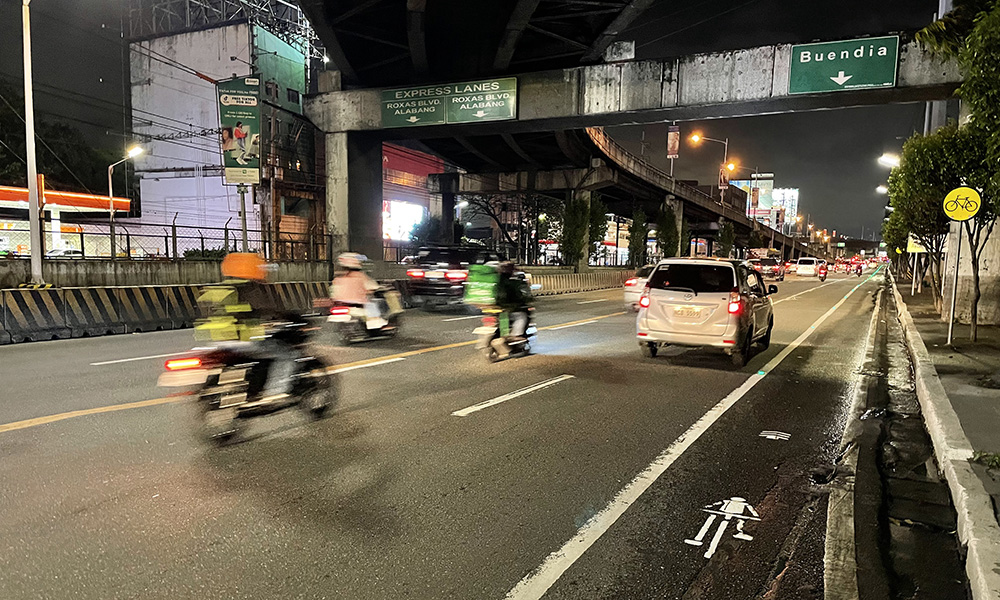
No, the Philippines doesn’t need any more traffic laws.
They say Singapore is a Fine City due to the many fines you can get if you break local regulations. On that basis, Metro Manila should be called a Fine Mess, because we have tons of laws and rules, but seemingly nobody cares about them very much in real life.
If all the laws and the regulations in Metro Manila, and indeed the country, were actually enforced, we’d already be on par with places like Singapore, Seoul or even London. The problem is they aren’t, and to make matters worse, people keep piling on new rules to try and fix problems with the old ones.
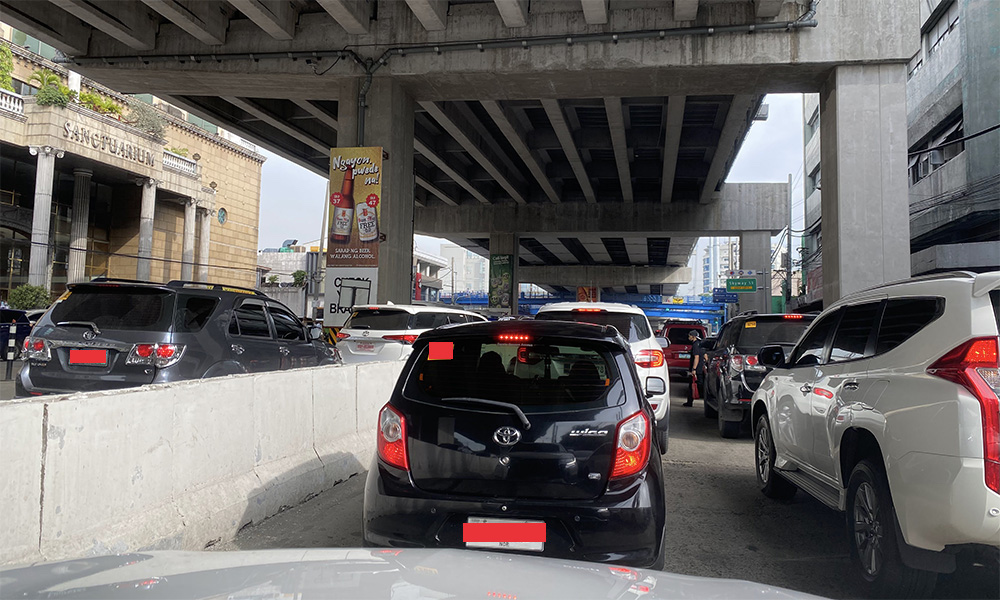
Latest case in point: NCAP. No sooner had it become clear that the No Contact Apprehension Program was a nice idea in theory but a disaster in practice, than someone suggested introducing a new law to protect motorists from undue fines issued under the program. As if adding more rules on top of flawed rules would suddenly fix the problem like some sort of bureaucracy-powered magic wand.
Just looking at Metro Manila, there also appears to be a fundamental disconnect between what the megalopolis actually needs and what the people in charge think should be done. Power struggles and perpetual testosterone-filled one-upmanship overshadow discussions and bury real solutions under the cars and the bikes of long-suffering motorists.
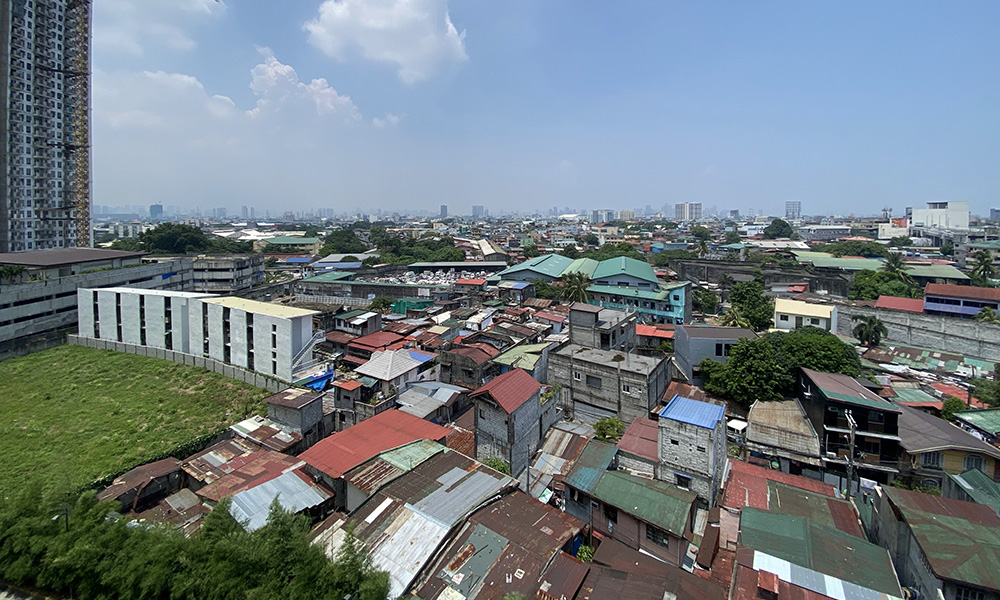
So, what should be done, you ask? A problem like Metro Manila isn’t easy to fix, but we could start by getting a clean sheet of paper and seeing what actually makes sense.
The MMDA and others so far have tried anything and everything, but usually did so as part of an already flawed patchwork of rules. Let’s get rid of it all as a brainstorming exercise, and cut the Gordian Knot of Metro Manila traffic with the sword of blue-sky thinking.
For starters, let’s change the hierarchy of road users. Right now, the car sits atop the pyramid around here, and political thinking appears to evolve too much around the question of how the powers-that-be can please private car owners, rather than how we can move everyone around efficiently and safely.
The UK recently introduced changes to its highway code that alter the hierarchy of road users. Now, pedestrians, cyclists, horse riders, and motorcyclists come before cars, vans, and trucks. This means that people facing the greatest risk in the event of a collision are prioritized above motorists, who have the most responsibility to consider others. It also changes the general mindset and attitude of anyone taking to the road, and that’s the other big thing needed in Metro Manila: a culture change.
This one might be the hardest thing to do, although gentle beginnings of one can already be seen. Just look at the bike lanes along major roadways like EDSA, something that would have been unthinkable not too long ago.
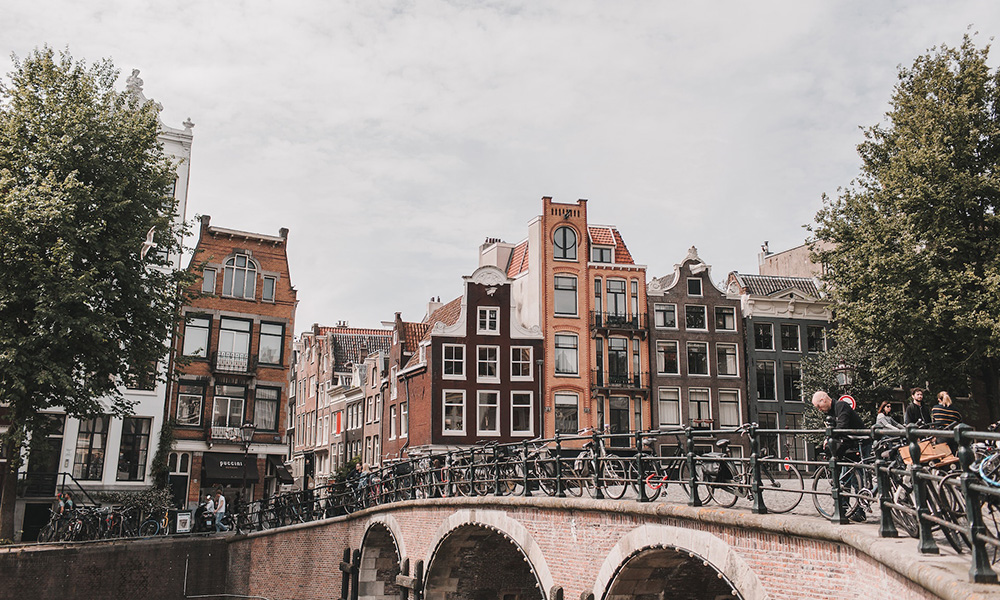
Two great examples of cities that radically changed the way they handle traffic are Amsterdam and Paris. The capital city of the Netherlands is known the world over as a place where cycling is the best way to get around, but it wasn’t always like that. It once embraced cars with the same catastrophic passion as Metro Manila, but managed to change when the price people were paying for it became too high.
In fact, there are some eerie similarities between the Dutch city and Metro Manila. Both began to really embrace the car when the economy picked up, and both paid a heavy price for doing so. Only that the Europeans called a stop to it at some point and radically changed things through a mixture of activism and key events.

As for Paris, the city of love until recently embraced the automobile with the same intense affection it shows for fine wine and great food. Then along came Mayor Anne Hidalgo. She took one look at the old rulebook before throwing it into the Seine and transforming the French capital into an almost car-free environment.
New bus and cycle lanes now move people around quite efficiently, while many previously busy highways have been turned into parks or pedestrian areas. The only things emitting any smoke along many riverside roads these days are the cigarettes of customers in the countless cafés that have sprung up there.
There are many other examples in the world that prove cities can change if they really want to, and there are precisely zero reasons why Metro Manila couldn’t be one of them. In the end, it all comes down to political will and foresight—strong leadership from the top that sets the tone and points everyone in the right direction.
A willingness to stop and think before trying to implement yet another stopgap measure. A radical rethink from the ground up. All of that will be needed if Metro Manila is to have a sustainable future, and the good news is that there are already people in the system who know this. Let’s hope they are being listened to.

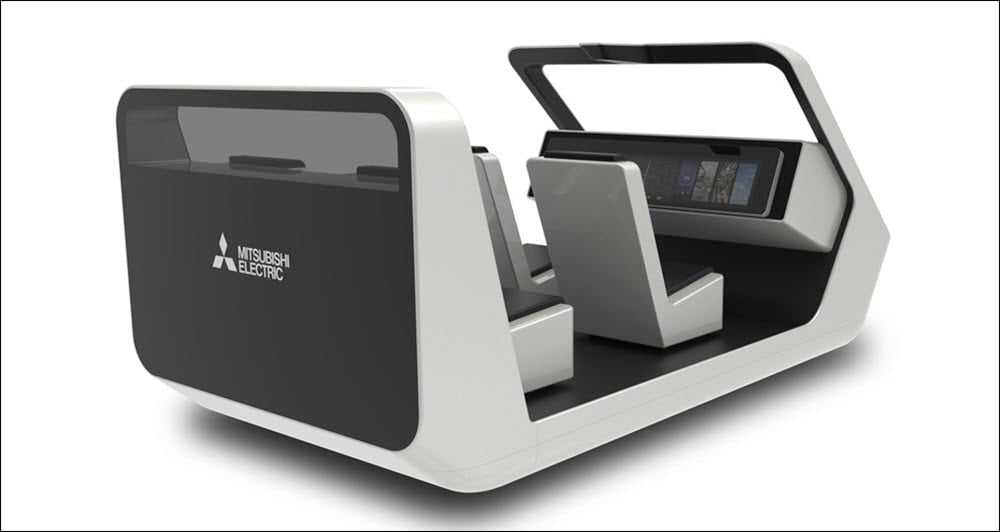
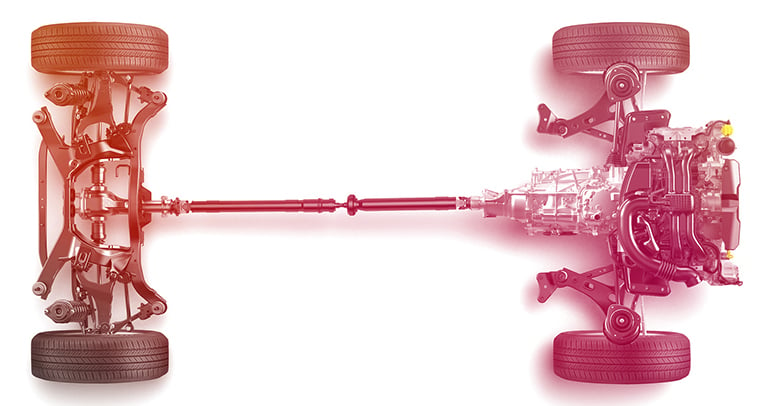
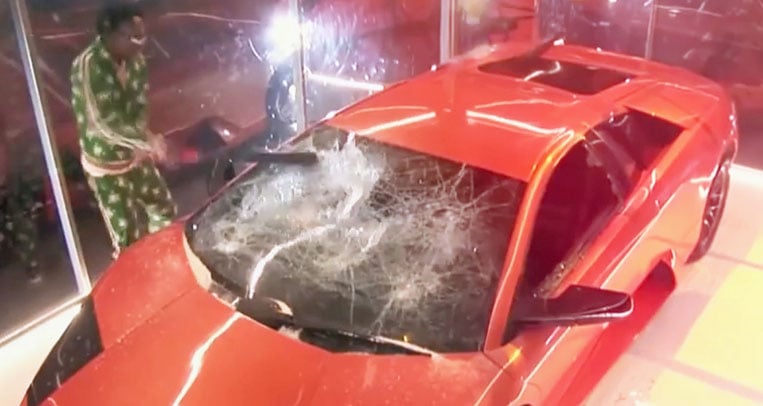
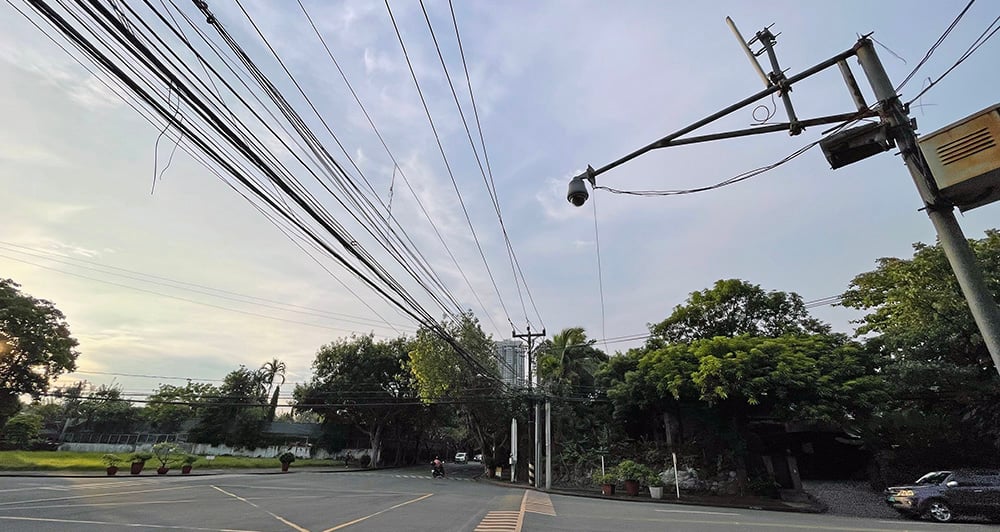
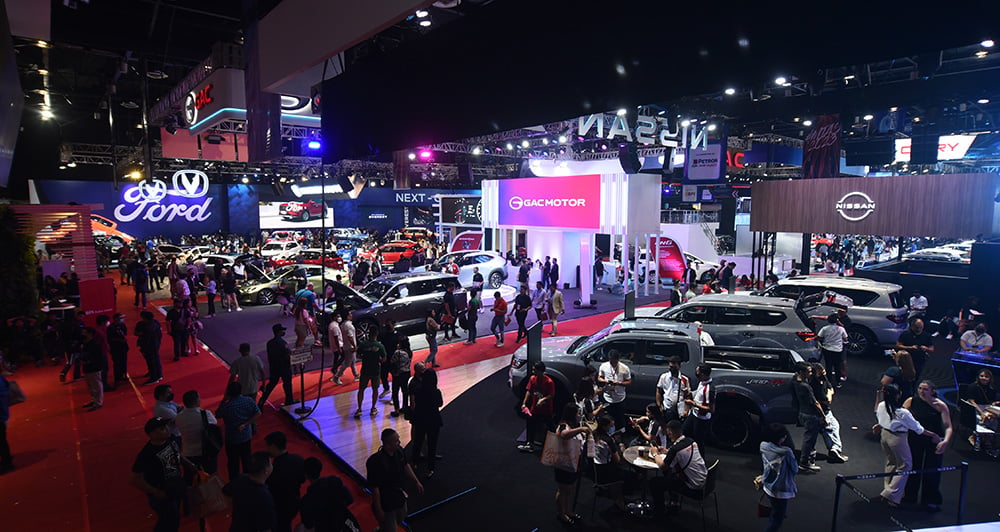

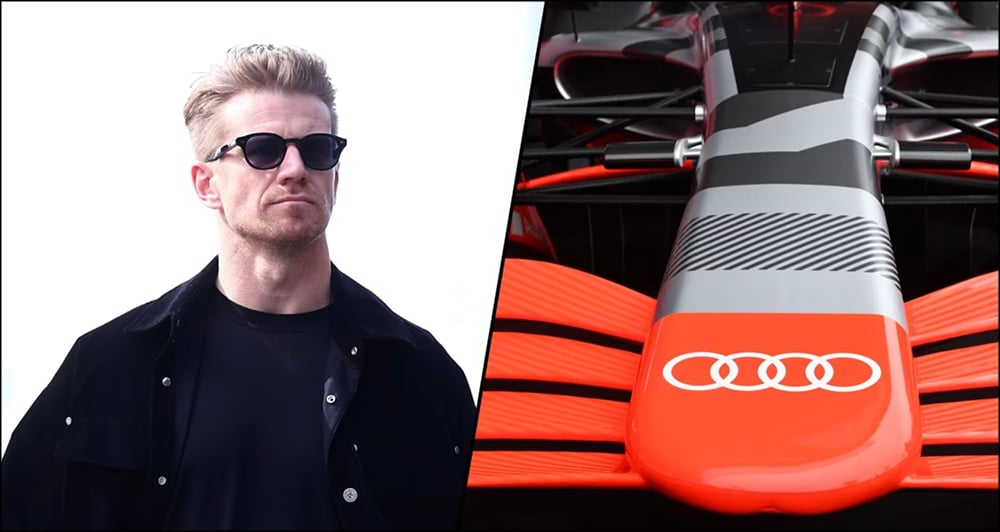
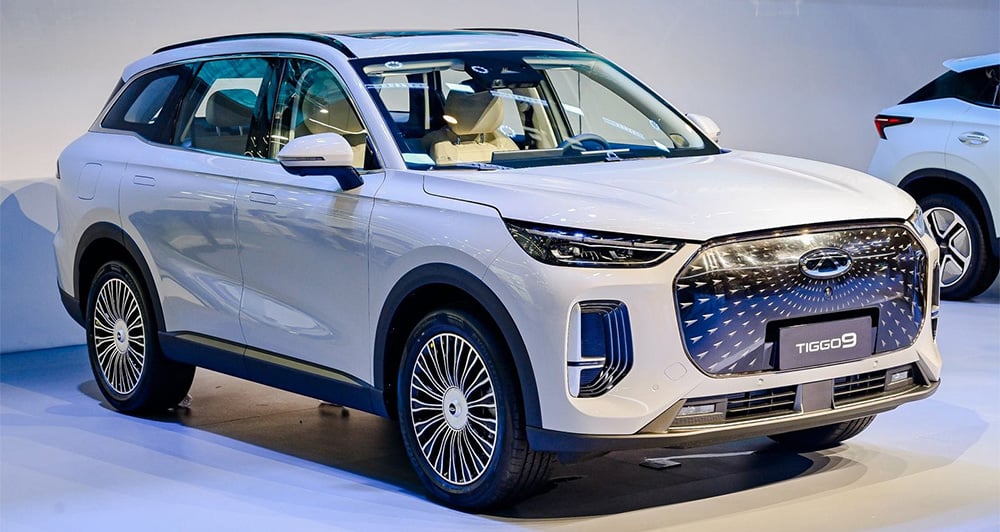
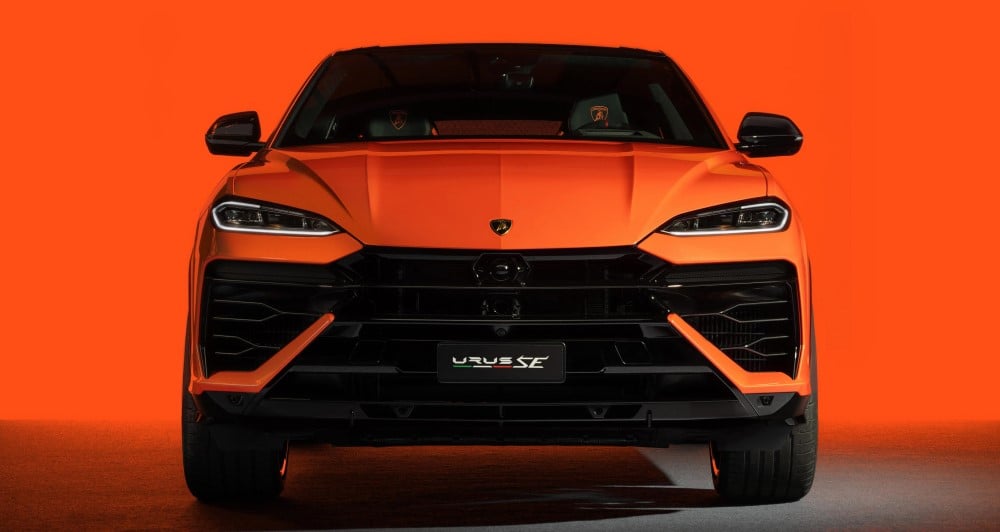
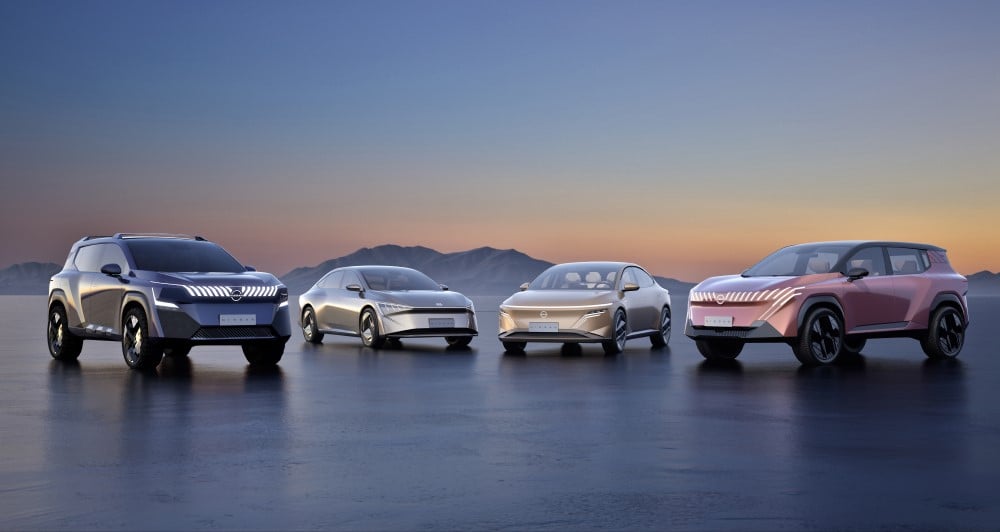
Comments